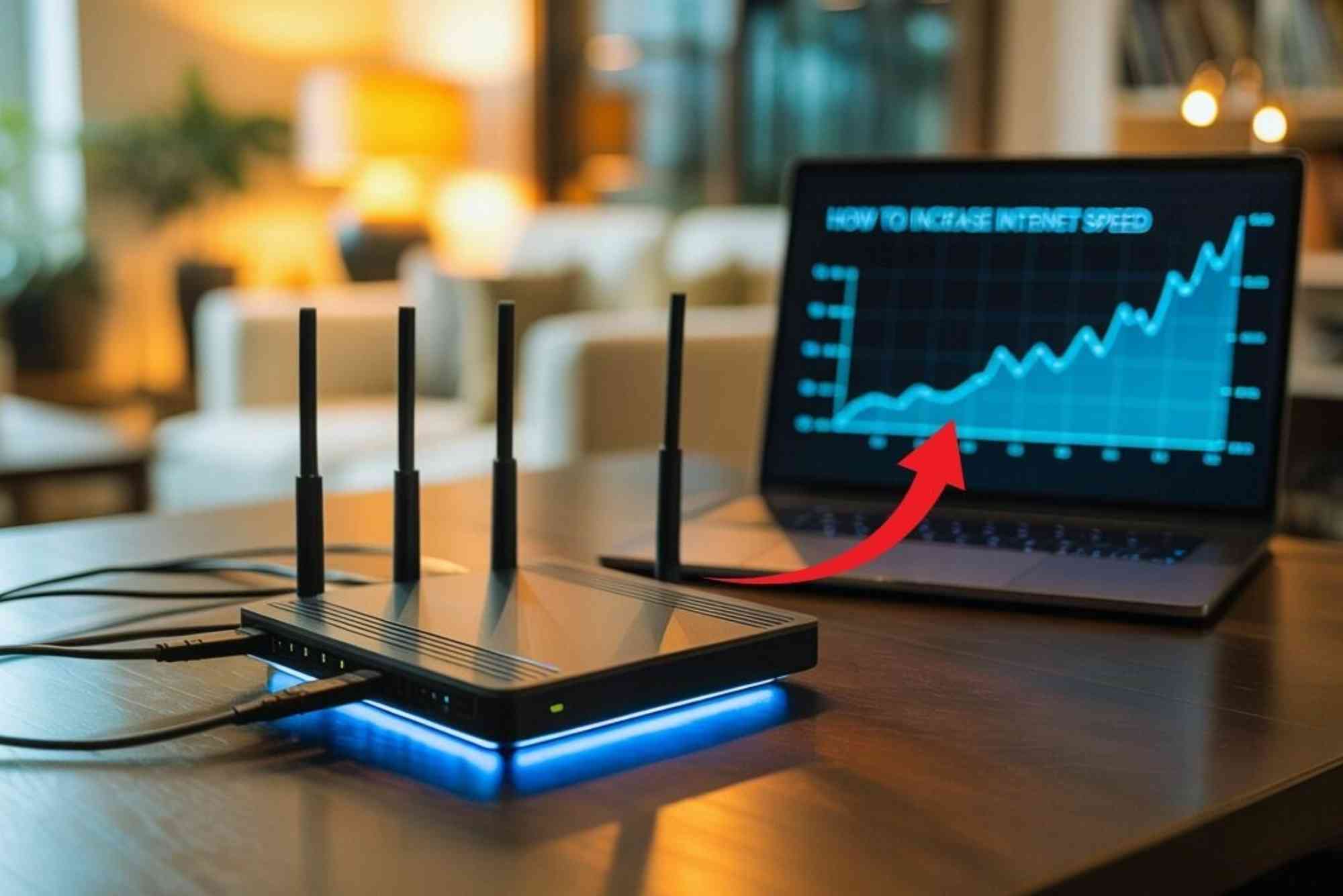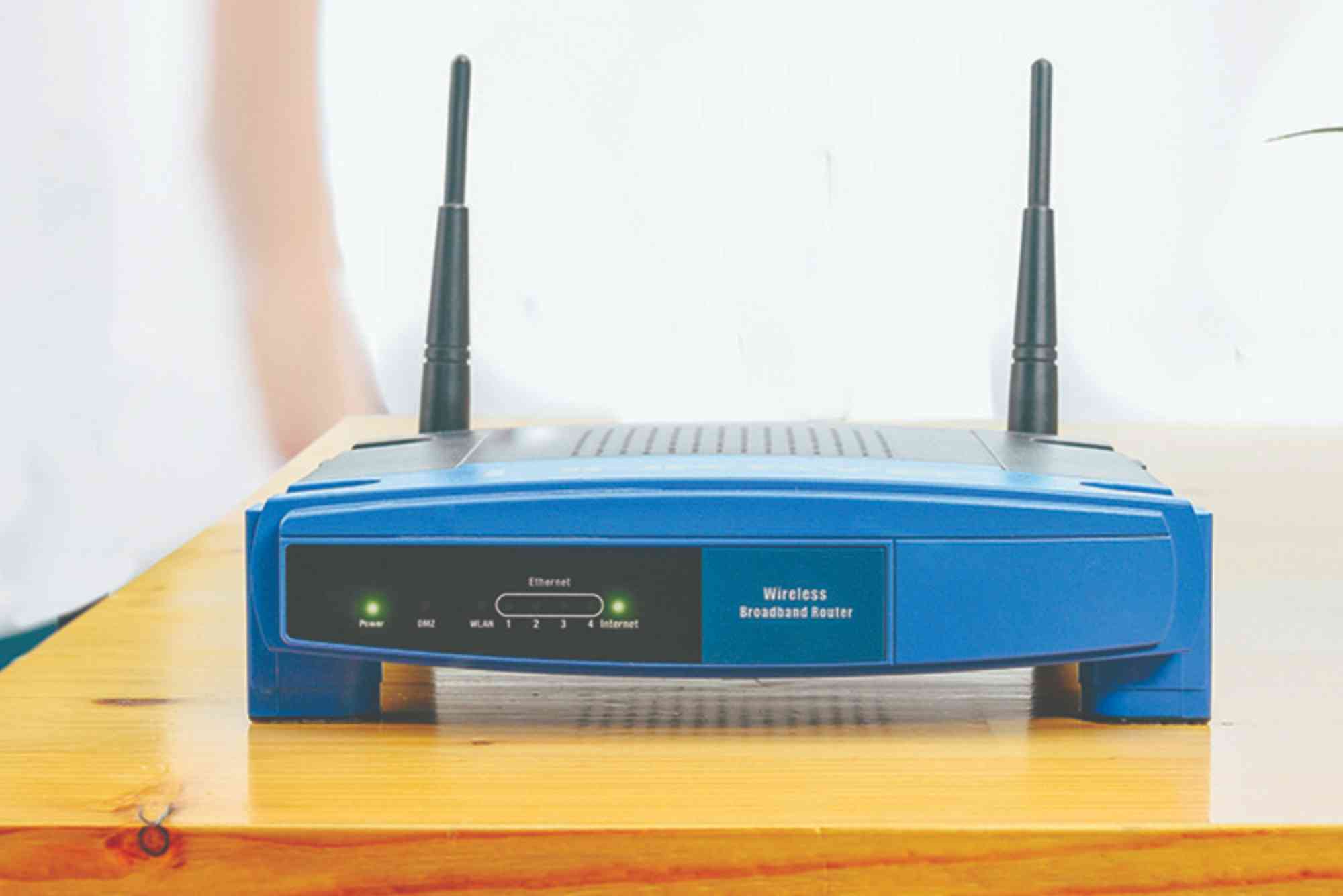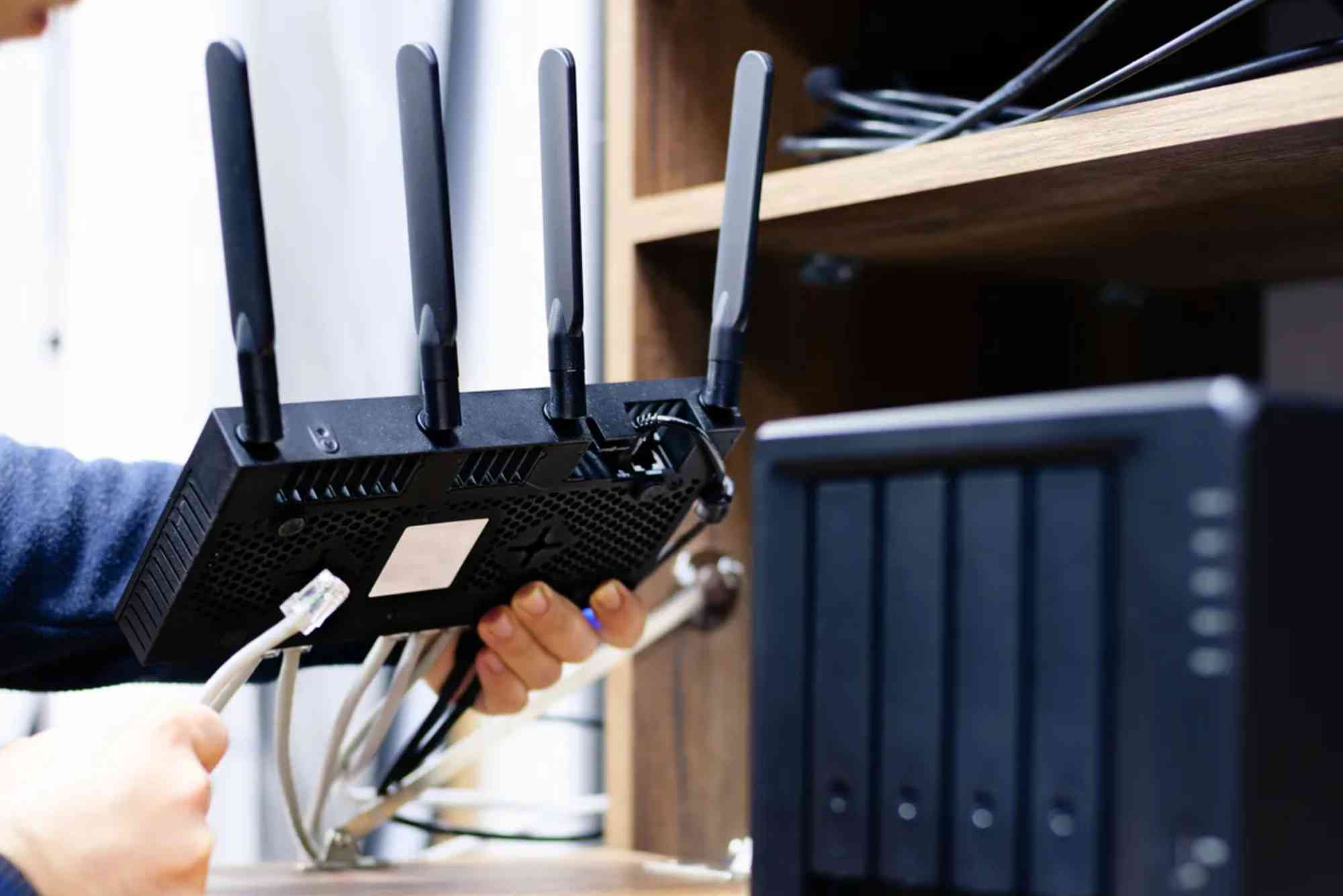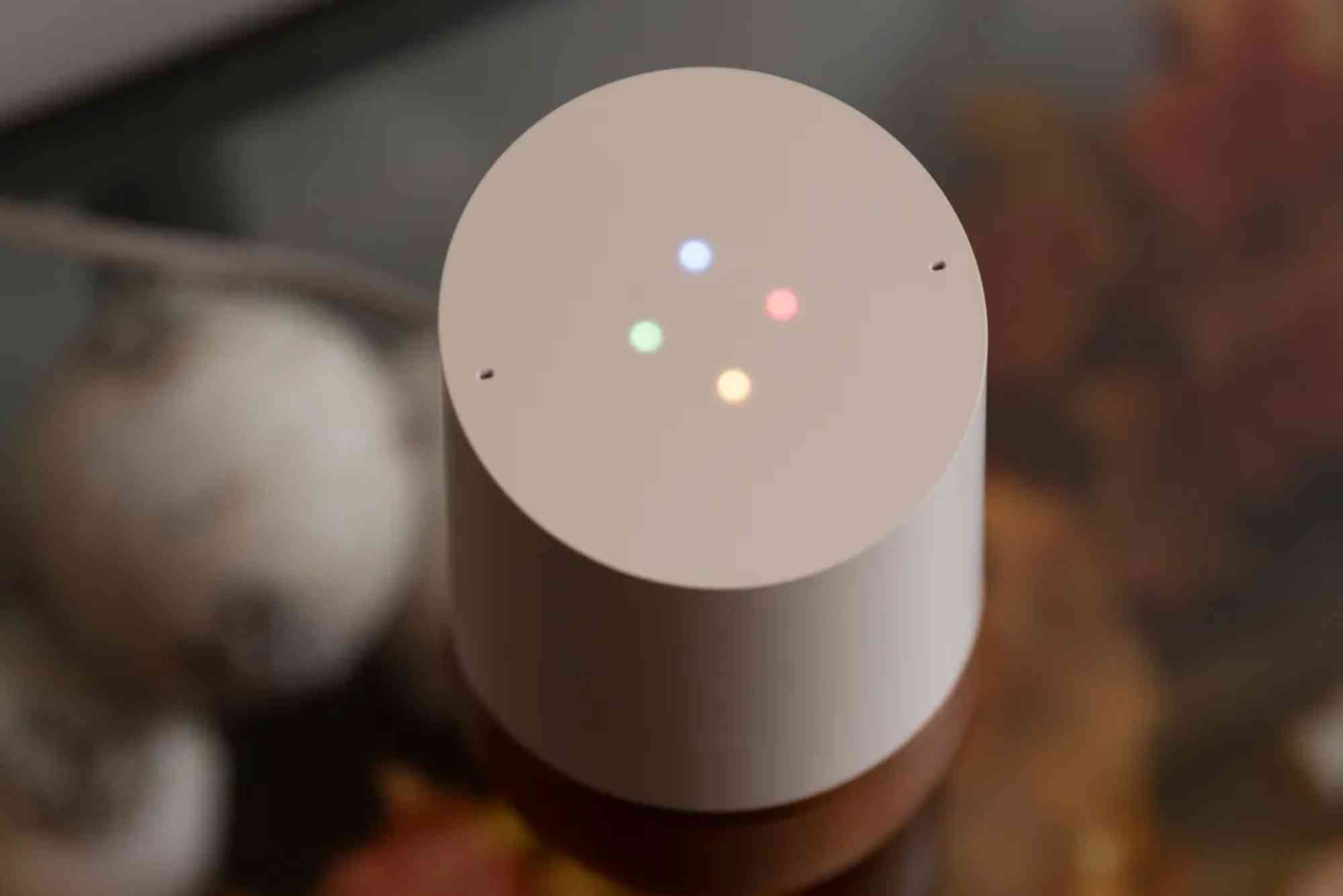Why Is My IoT Device Responding Slowly? Solutions Explained
The Internet of Things (IoT) has transformed the way we live and work, connecting everyday devices to deliver automation, convenience, and efficiency. From smart home assistants and connected appliances to industrial IoT systems, these devices rely on seamless communication. However, many users encounter a frustrating problem: IoT device slow response time. When your smart door lock lags, your security camera freezes, or your smart speaker delays commands, it not only disrupts convenience but also raises concerns about reliability and safety. Understanding the reasons behind slow response times and applying the right solutions can help restore efficiency and trust in your connected devices.
Common Reasons Behind IoT Device Slow Response Time
Weak or Unstable Network Connectivity
The most common cause of lag in IoT devices is poor internet connectivity. Since most devices rely on Wi-Fi or mobile data, weak signals or network congestion can lead to delays. If your router is overloaded with multiple devices or placed too far from your IoT device, communication lags are inevitable.
High Latency in Cloud Communication
Many IoT devices depend on cloud servers to process commands. For example, when you ask your smart speaker to turn on the lights, the request may travel from your device to the cloud and back before executing the action. High latency in this process results in noticeable delays, especially if servers are located far away.
Device Overload and Limited Processing Power
IoT devices are usually designed with minimal hardware to keep costs low. While efficient, this also means they have limited processing power. Running multiple tasks simultaneously can cause slowdowns. For instance, a smart security camera trying to record video while streaming live feeds may respond sluggishly.
Firmware and Software Issues
Outdated firmware or buggy software can cause compatibility issues, security vulnerabilities, and performance degradation. IoT devices require regular updates to stay optimized and secure. Ignoring updates can result in lag, glitches, or even system crashes.
Network Bandwidth Limitations
Smart homes and workplaces often host dozens of IoT devices simultaneously, from thermostats and TVs to printers and surveillance systems. If too many devices compete for bandwidth, response time inevitably suffers. Streaming 4K videos while relying on smart security alerts, for example, can create delays.
Security Breaches or Malware
Cybersecurity is a growing concern for IoT. Malware infections or unauthorized access can slow devices significantly. Attackers may exploit vulnerabilities to use your devices for botnets, causing sluggish responses while compromising safety.
Power Supply Instability
Unstable or insufficient power sources can cause devices to restart, lag, or fail altogether. Battery-operated IoT gadgets, such as sensors, often slow down when running on low power, affecting reliability.
Practical Solutions to Fix IoT Device Slow Response Time
Improve Your Network Setup
Place your router in a central location and minimize obstructions. Consider upgrading to a dual-band or mesh Wi-Fi system for better coverage. Reducing interference from microwaves, cordless phones, and other electronics can also help.
Optimize Bandwidth Allocation
If multiple devices compete for internet speed, prioritize critical IoT devices by using Quality of Service (QoS) settings in your router. Separating IoT devices onto a dedicated Wi-Fi band or guest network can reduce congestion.
Keep Firmware and Software Updated
Regularly check for updates on both the device and its companion app. Manufacturers release patches to improve performance, fix bugs, and enhance security. Automating updates where possible ensures your device stays optimized without manual intervention.
Reduce Dependency on Cloud Processing
Where possible, choose devices with local processing capabilities, also known as edge computing. For example, security cameras with local storage or smart hubs that process commands without relying on cloud servers can respond much faster.
Enhance Device Security
Protect your IoT network with strong passwords, encryption, and firewall settings. Regularly scan devices for vulnerabilities. Using a secure provider like Dhanote Internet Services can help ensure stable, safe connectivity for your IoT ecosystem.
Upgrade Hardware When Necessary
Older IoT devices may lack the resources to keep up with modern demands. If your device consistently lags despite troubleshooting, it may be time for a hardware upgrade. Newer models often feature improved processors and better connectivity support.
Ensure Stable Power Supply
Use reliable adapters and batteries. For critical devices like medical sensors or security systems, consider backup power solutions. Ensuring consistent power prevents unexpected shutdowns and delays.
Advanced Tips for Faster IoT Performance
Use Wired Connections Where Possible
While Wi-Fi is convenient, wired connections such as Ethernet provide greater stability and lower latency. For stationary devices like hubs or cameras, this can significantly reduce delays.
Segment IoT Devices with Network VLANs
Creating separate network segments for IoT devices enhances both performance and security. By isolating them from high-traffic consumer devices, you reduce congestion and risks of unauthorized access.
Leverage Edge Computing Devices
Invest in IoT gateways or edge servers that process data locally before sending to the cloud. This reduces latency and enhances real-time decision-making, especially for industrial IoT applications.
Monitor Network Performance
Use network monitoring tools to identify bottlenecks. Checking latency, packet loss, and bandwidth usage can pinpoint exactly where delays occur, enabling faster troubleshooting.
Take Control of Your IoT Performance
Experiencing IoT device slow response time is common, but it doesn’t have to be permanent. By addressing network stability, optimizing bandwidth, updating software, and enhancing security, you can significantly improve device performance. For more advanced setups, consider using edge computing or upgrading outdated hardware. A proactive approach ensures that your IoT devices remain reliable, responsive, and safe.
If you want seamless connectivity for your smart devices, partnering with a trusted provider like Dhanote Internet Services can give you the speed, stability, and security you need. Take the first step today and enjoy a smarter, faster, and more reliable connected experience.
Frequently Asked Questions
Why is my IoT device lagging despite strong internet?
Even with fast internet, cloud latency, outdated firmware, or device overload can cause delays. Updating software and optimizing bandwidth can help.
How can I speed up my smart home devices?
Place your router centrally, update firmware, use mesh Wi-Fi, and limit background network activity. Edge-processing devices also respond faster.
Do too many IoT devices slow down Wi-Fi?
Yes, multiple IoT devices consume bandwidth. Using QoS settings, separate networks, or upgrading your internet plan can reduce congestion.
Can outdated firmware make IoT devices slow?
Absolutely. Outdated firmware can introduce bugs and inefficiencies, slowing response times and creating vulnerabilities. Always keep devices updated.
Is slow IoT response a security risk?
Yes, compromised devices may respond slowly due to malware. A sluggish response can indicate unauthorized activity. Secure your network to prevent this.








